Table of Contents
- Activities to Avoid or Change
- For Temporary Relief
- Stretches and Exercises for Longer-Lasting Relief
- Yoga Corner
Here, you will find strategies for relief from gluteus maximus pain in the tailbone, sits bone, and buttock. For more information about how people describe this pattern look at this other post.
Activities To Avoid or Change:
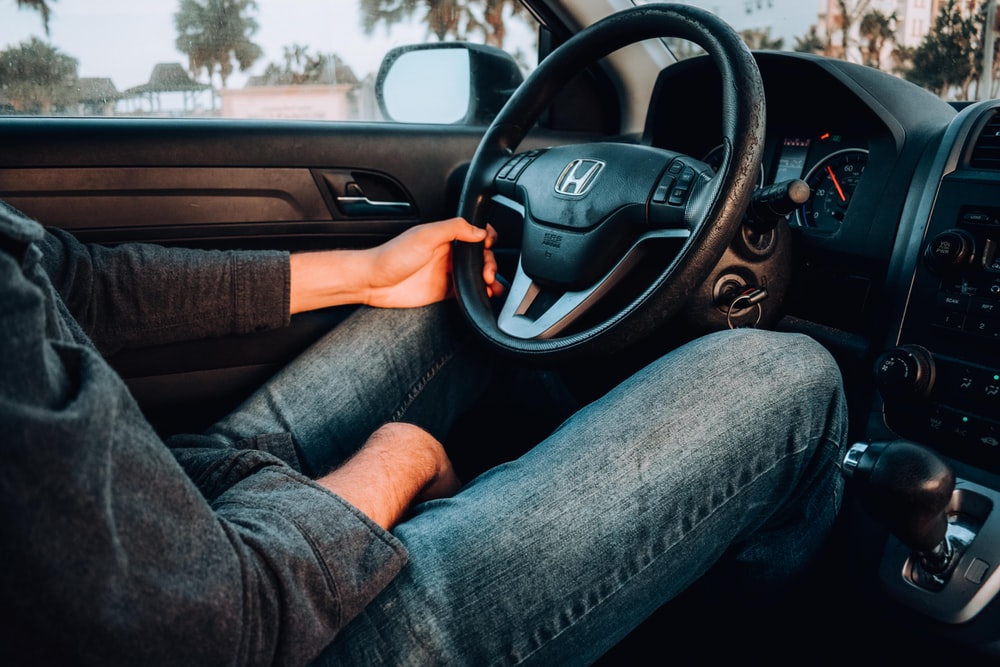
Slumped Seating
Most people find that this bothers them while seated. To be more specific, when you pull your hips a bit more forward in the seat, this trigger point gets compressed. As a result, the bottom of the gluteus maximus gets trapped under the ischial tuberosity.
Vigorous Stepping and Kicking
This muscle gets more active when you forcefully extend your hips. In other words, hiking or climbing to see the guru at the top of the mountain, step class, or climber cardio are all problematic. Swimming the crawl stroke, which involves the flutter kick, can overwork this muscle. The teaser in pilates can sit right on this trigger point and make your tailbone hurt.
Chill
To make this worse, chilling the muscle activates the trigger points. So, add cold to any of the things above, and it’s even worse. So, avoid concrete stadium seats at Friday night football. Instead, use that pad with your team logo. Likewise, wear more than leggings for a brisk winter hike. One client had problems with this after a triathlon that involved a swim across a cold lake.
For Temporary Relief:
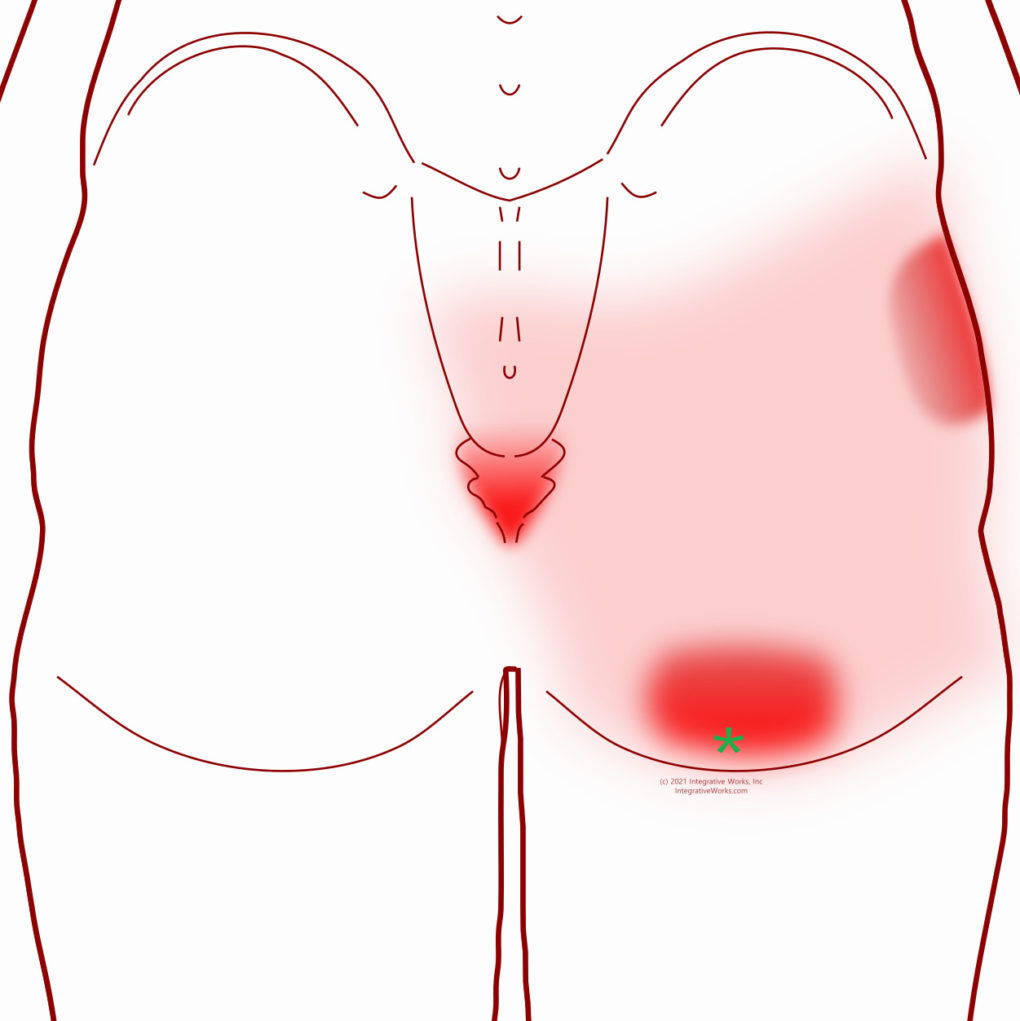
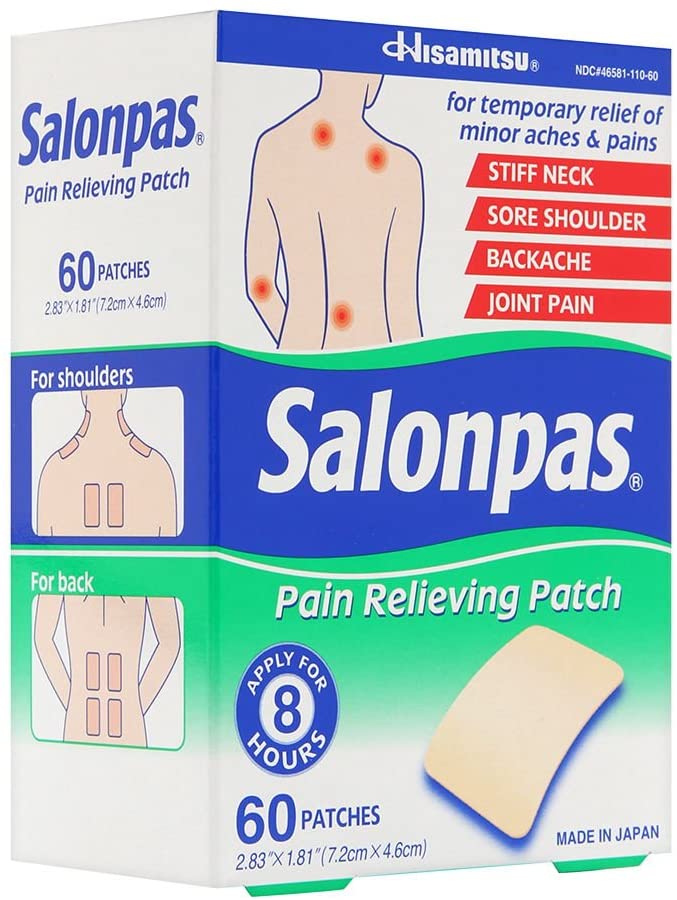
If you have tailbone pain, this pain patch dramatically reduces the irritation created from this trigger point. Place it where the green asterisk is in the picture. First, feel for that bone that you sit on. Then, place the patch on the fullness of the buttock above that bone. This is also a great way to determine if your tailbone pain comes from this trigger point.
Don’t use pain creams in this area. They can spread and, well, it is not good.


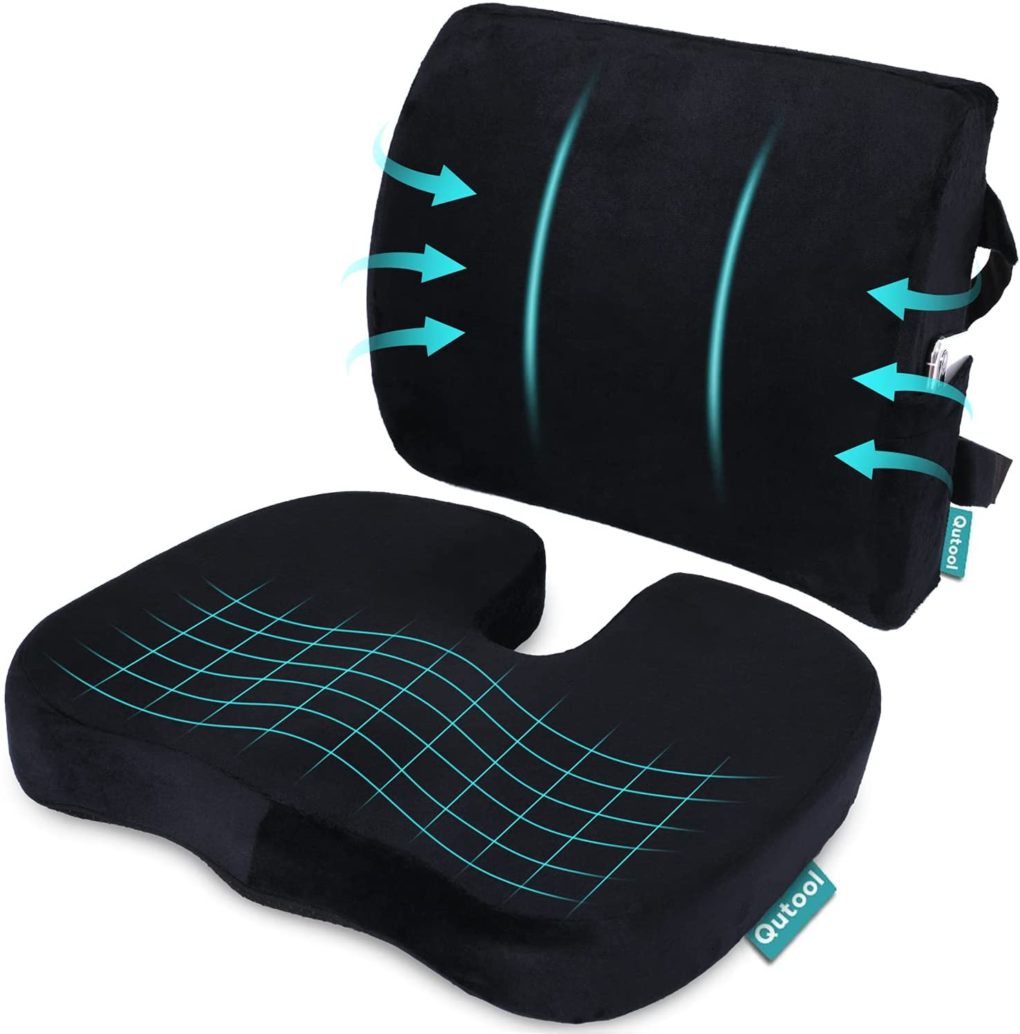
This a tougher pattern to treat with patches and creams. It is just too close to sensitive areas. In this case, you can sit on a soft, clay cod pack or get a set of cushions, like the ones above. Also, a little ice-and-stretch in this area can be quick and effective. use the stretches shown below.
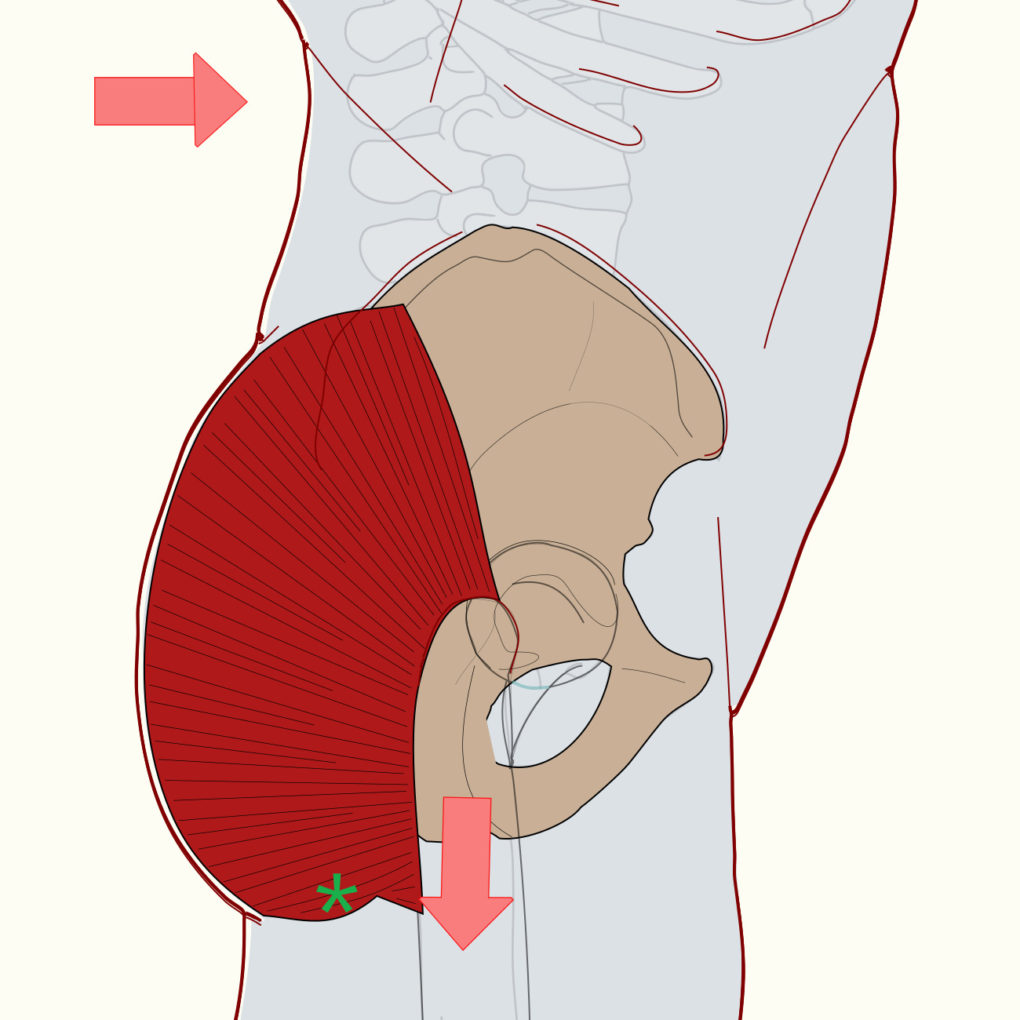
Keep Your Lumbar Curve When Seated
Sit up straight, so that your low back has a good curve. This rotates the hip so that the gluteus maximus is not compressed by your “Sits bone.”
If you’re getting into the car:
- lean into the steering wheel
- push your hips back as far as possible
- straighten up without letting your hips come forward
- adjust your seat so that you can reach the pedals without sliding your hips forward
If you’re in a conference, church pew, or long dinner, keep your hips and shoulders back.
These self-care activities, like over-the-counter drugs, are not intended to replace appropriate medical attention. If you have concerns about these self-care activities, get help from a professional. Use these suggestions and strategies with discretion and at your own risk. See your doctor when your pain is severe, persistent, or not responding to these simple suggestions.
Stretches and Exercises for Longer-Lasting Relief:
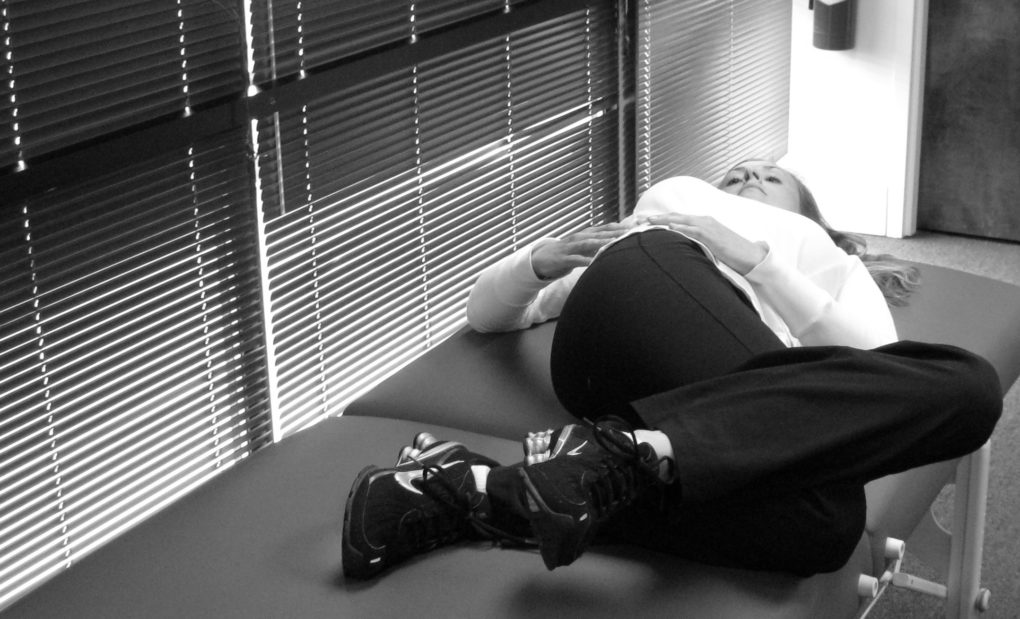
Classic Hip Stretch
This stretch opens the low back and hip. Play with the position of the foot on the table. As you bring it toward your hip, you’ll feel the stretch higher in your back. As you move the foot away you’ll feel it lower in your back and into your hip.
Press Out Those Trigger Points
This post has a simple method for using a tennis ball to release those pesky gluteal trigger points. It is more specific and better able to target TPs than using a foam roller.
In fact, it is much easier to overwork your glutes with this method. Make sure to use the stretches listed in the Yoga section to open those glutes when you finished. Stretching in a warm bath is great too.
Morton Foot Structure
Some feet have a bone structure that creates more instability than others. This foot rocking can perpetuate foot, leg, and hip pain. A more stable foot and gait can dramatically reduce pain in the lower extremity, especially the hip, and knee.
This condition can remain mild or lead to expensive treatments and even surgery. If you have this structure and some of its symptoms, take a look at this overview.
That post offers practical suggestions to reduce pain and increase stability on the foot. There are simple self-care suggestions, like inexpensive foot pads from Amazon. You can prevent advancing that foot problem, which can perpetuate the trigger points described here.
I’d love your feedback on how this works for you and any suggestions you might have.
Email me at integrativeworks@gmail.com.
Yoga Corner
Classic Gluteus Maximus Stretch
Before these yoga poses were popular here, physical therapists, sports trainers, and athletes used this stretch for glute max. They implemented a simpler version of this while lying on your back. Try it, and play with the angle of the stretch.
Simpler, Gentler
This supine twist is easier and gentler. You can play with the target of the stretch by moving the knee up or down.
Aggressive Targeting
This pose is great for hip mobility. The back leg targets the hip flexors and anterior bellies of the lateral glutes. The front leg targets the posterior glutes. Want to hit the gluteus Maximus and piriformis more? Lay your opposite shoulder on the front knee.
Support Integrative Works to
stay independent
and produce great content.
You can subscribe to our community on Patreon. You will get links to free content and access to exclusive content not seen on this site. In addition, we will be posting anatomy illustrations, treatment notes, and sections from our manuals not found on this site. Thank you so much for being so supportive.
Cranio Cradle Cup
This mug has classic, colorful illustrations of the craniosacral system and vault hold #3. It makes a great gift and conversation piece.
Tony Preston has a practice in Atlanta, Georgia, where he sees clients. He has written materials and instructed classes since the mid-90s. This includes anatomy, trigger points, cranial, and neuromuscular.
Question? Comment? Typo?
integrativeworks@gmail.com
Interested in a session with Tony?
Call 404-226-1363
Follow us on Instagram

*This site is undergoing significant changes. We are reformatting and expanding the posts to make them easier to read. The result will also be more accessible and include more patterns with better self-care. Meanwhile, there may be formatting, content presentation, and readability inconsistencies. Until we get older posts updated, please excuse our mess.

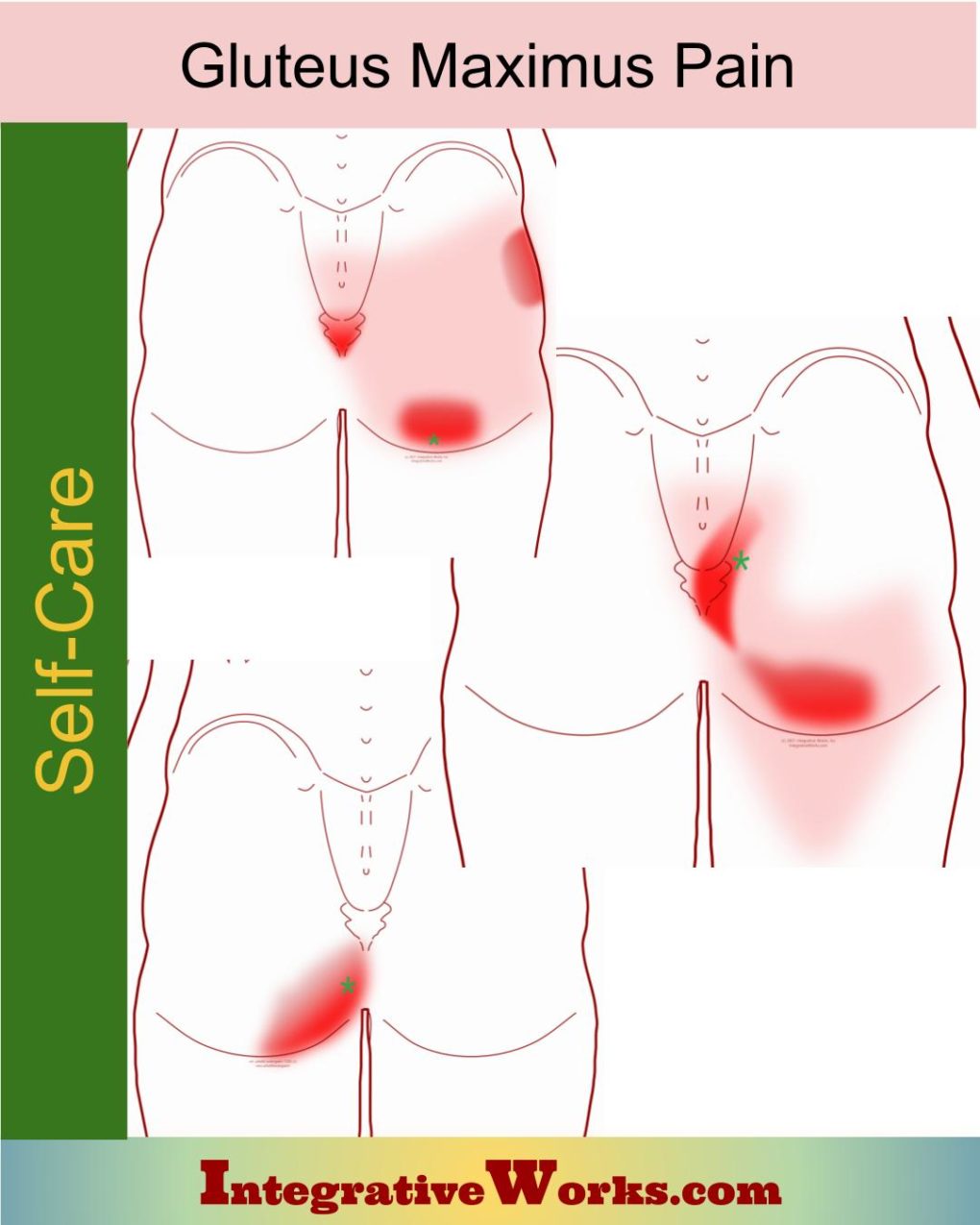
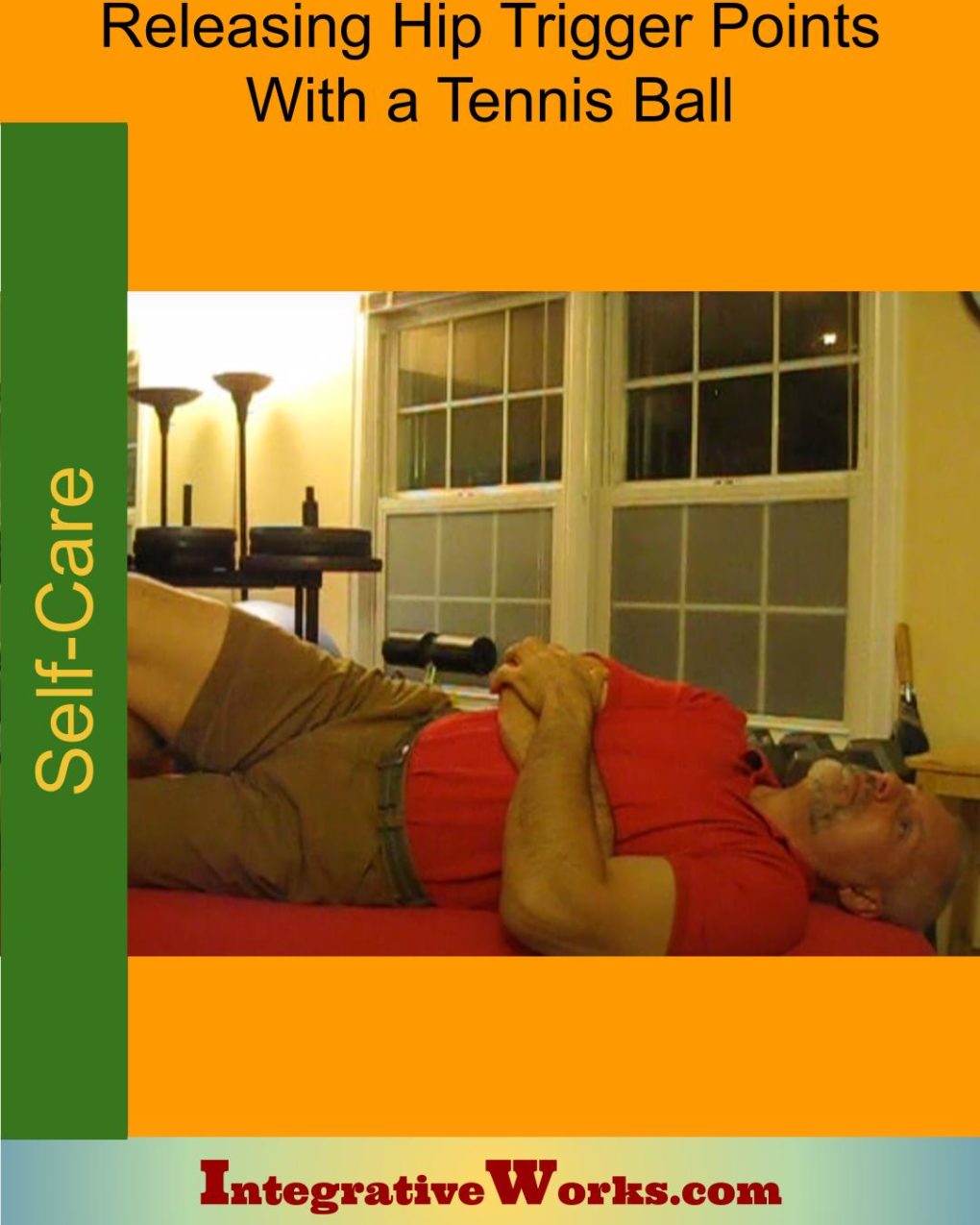
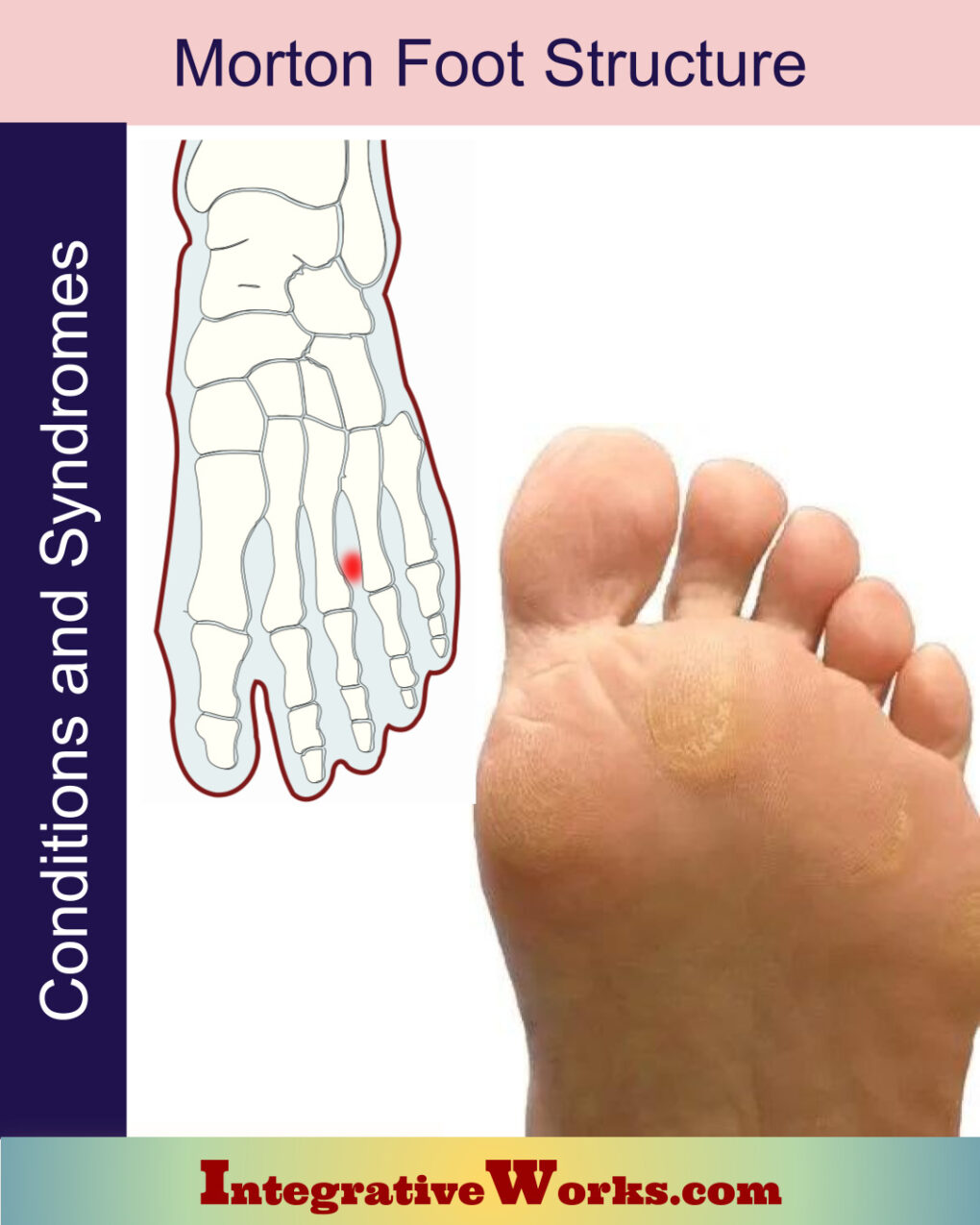
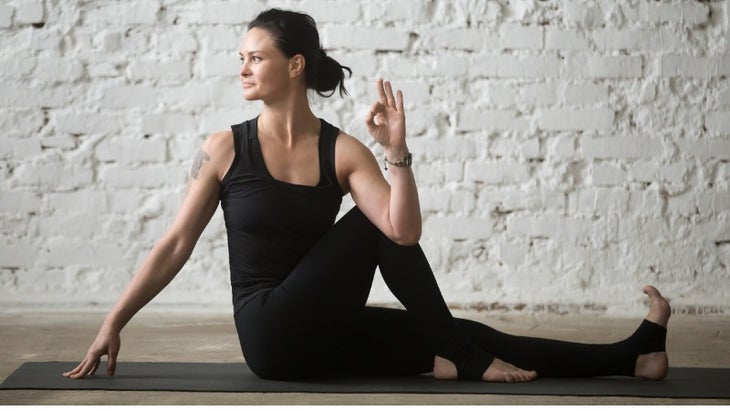
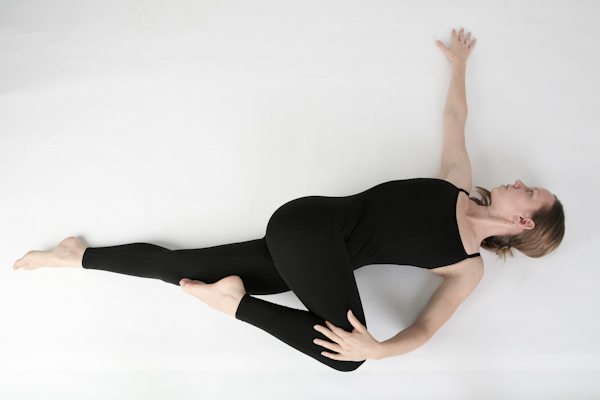
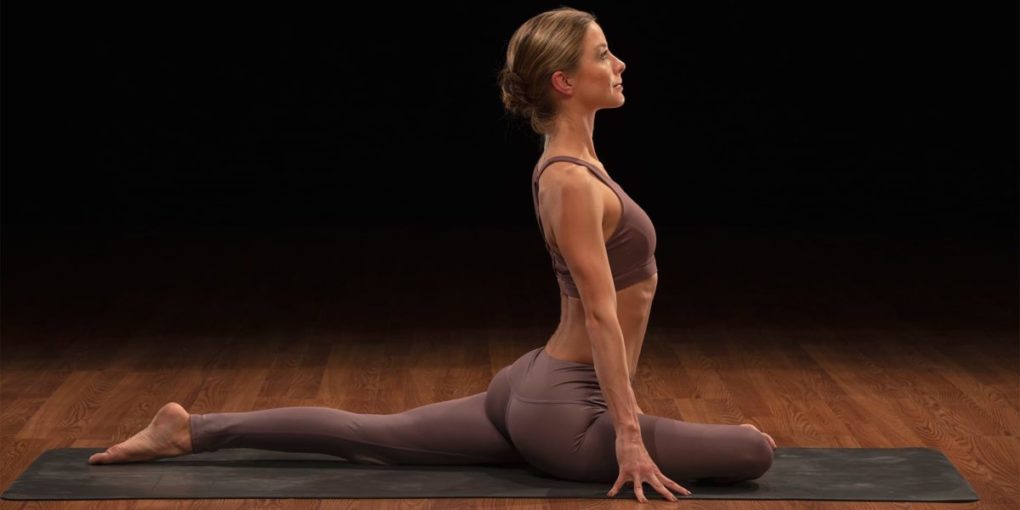

Pingback: Tailbone or Lower Hip Pain When Seated - Integrative Works